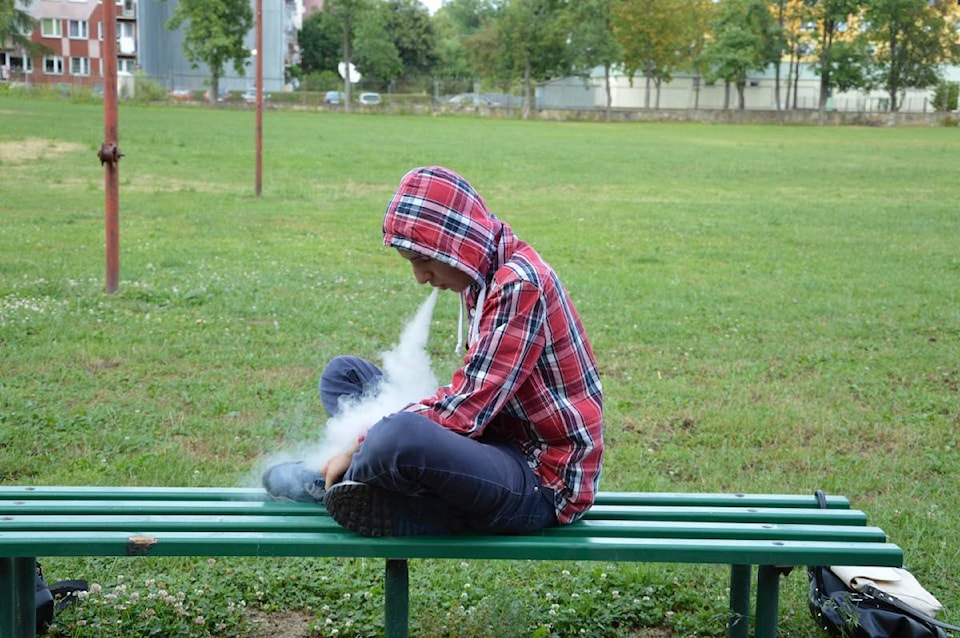School administrations in the Rocky Mountain Zone are concerned with the increase in vaping among students. While smoking rates have been steadily declining among youth in Canada and B.C., vaping among youth is on the rise. Current statistics say that one in four Canadian youth have tried an electronic cigarette.
SD6 Superintendent Paul Carriere says that Board Policy 5180 specifically addresses vaping. It states:
“The Board of Education believes that the use of tobacco products, electronic cigarettes and related products in the school and work environment is detrimental to the good health of its students and employees.”
Carriers says that this year is seeing a spike in vaping.
“There has been a gradual increase in the incidence of vaping among students over the past couple of years, but I would describe this school year as more of a “spike”,” he said. “We are all very concerned about nicotine addiction, and about the potential harm arising from the flavouring agents that are associated with vaping. Principals have been communicating with both students and parents regarding this trend, and schools are actively working to provide information about the associated health risks.”
A recent newsletter sent to parents of students at Selkirk Secondary in Kimberley reminded parents that vaping is not allowed on school property, and provided information on it.
“The positive news is that over the past few years we have seen daily cigarette smokers drop significantly (down to less than five Selkirk students); the concerning news is that we continue to see a large number of youth delving into “vaping” which usually contains nicotine and as such is highly addictive and poses a significant health risk,” writes Selkirk principal Clint Dolgopol in the newsletter
“Regardless of whether or not they are allowed at school, we are really worried about how many youth (most of whom wouldn’t consider cigarette smoking) are starting to “vape” and with the young age we are seeing this happen at. Any discussion you can have at home regarding this would be great. At this stage, it’s clear that community wrap-around regarding this is needed as the bulk of use is not happening during the school day.”
READ: Tobacco execs push back against vaping health concerns
“Vaping” is the act of inhaling and exhaling an aerosol, often called vapour, which is produced by heating a liquid with a battery powered device known as a vape, electronic-cigarette or vapour product. The liquid is often referred to as e-juice, and comes in a variety of flavours which youth may find appealing.
According to Health Canada, vaping and e-cigarettes can deliver nicotine in a less harmful way than smoking, and therefore can be a safer alternative than cigarettes, but for a non-smoker, vaping introduces risk.
Interior Health information says that while vaping products may be marketed as a harmless alternative to smoking, there are health risks linked to the chemicals found in vapour products and the long term effects of vaping remain unknown.
Because some vaping liquids are odourless and the vaping devices can look like pens, or USB flash drives or flashlights, parents may not even be aware that their children are vaping.
Educators are encouraging parents to read the available research on vaping and talk to their children about it.
carolyn.grant@kimberleybulletin.com
Like us on Facebook and follow us on Twitter
